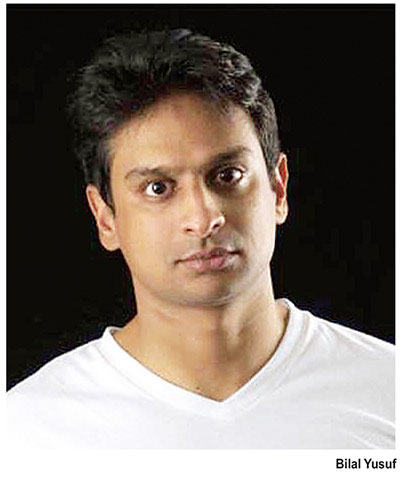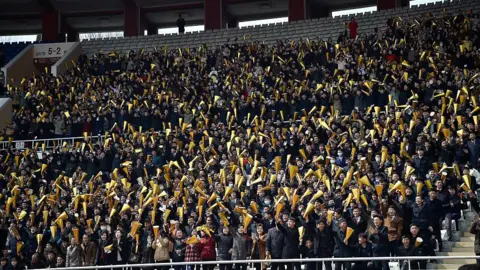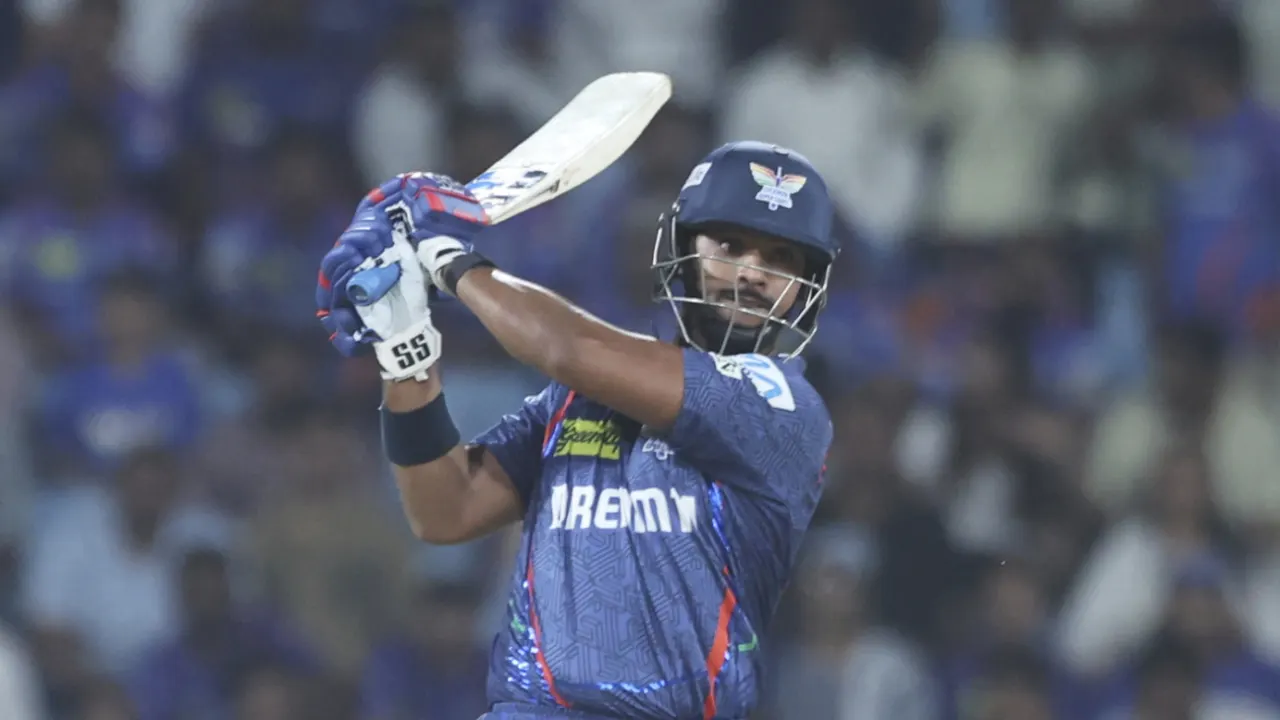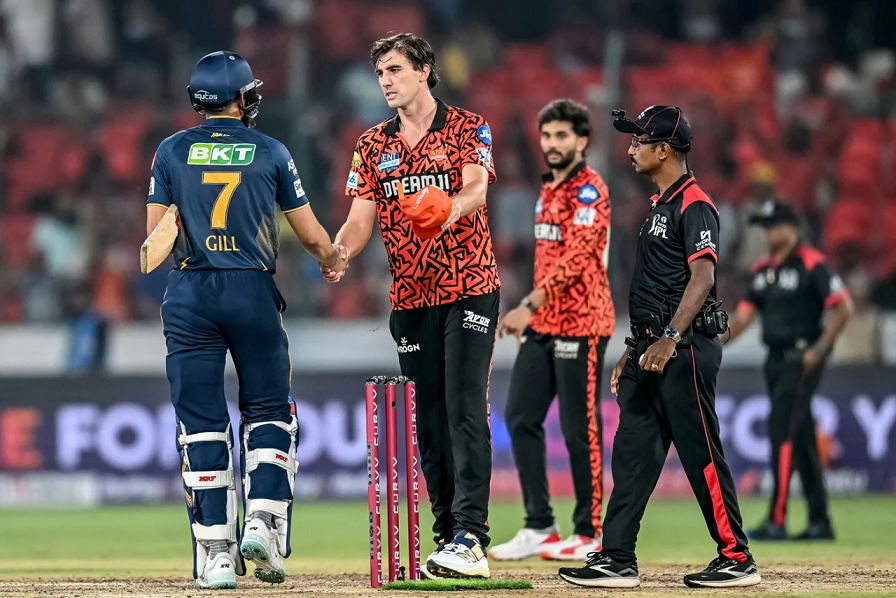Sports
Are rugby players cracking up under the rigours of heavy training?

by a Special Sports Correspondent
Former rugby player and now a coach and strength and conditioning professional Bilal Yusuf is concerned about the quantum of training done by both school and club rugby players.
It is no wonder that players today are taxed more than their systems can take. The reason, according to Yusuf, could be because these players are following a professional training routine in an amateur system.
Gone are the days when hordes of ex-schoolboy players, just out of school, awaited their turn to play club rugby. Very few among these school leavers walked in straight to the club sides of yesteryear because there was a gap between club and school rugby; in terms of the capacity needed to play senior rugby. But now the training load is basically the same for both club and school players.
And as how Yusuf sees it the players are being over trained. “The present training regimes are extremely demanding on the players. Players are training five days of the week and sessions are held twice a day. At the end of the season there is mental and physical fatigue,” said Yusuf who has also had stints both as a school and club rugby coach and also as the junior national coach for the under 20 Asian Championship. At present, he is a strength and conditioning coach for Sri Lanka Tennis.
There have been occasions where even some of the foreign coaches who have undertaken assignments at local rugby clubs having cautioned that the Sri Lankan players are trying too hard. The game has changed over the years and become more physical and the coaches now demand that their chargers pack on the pounds and spend more time in the gymnasium.
Yusuf sees the present system being counterproductive. “Sometimes doing more might make the players mentally tougher, but certainly it would not do good for the game,” he said. According to him rugby clubs around the world, where the players are not professionals, get their players to train twice a week (Tuesday and Thursday) with a game on Saturday.
But here in Sri Lanka players have to hit the gym in the morning, then shower and go to work and comeback in the evening for rugby practices. Even the sleep they get might not be sufficient. “This is a vicious circle and clubs might not be able to sustain the players in this manner,” opined Yusuf.
But a side like Kandy Sport Club could be an exception because the players are professionals and don’t really have to work, so after the morning training they ideally get to have nap and take a rest. When they comeback for training in the evening their batteries are recharged.
However, club rugby coaches and administrators might not listen to the views of a rugby coach cum trainer like Yusuf because the demands on the coach are high. Most coaches are desperate to hold on to their jobs, so they tax the players to the hilt. Yusuf cautions that school rugby players might be training more than club rugby players, hence the former might be close to total burnout when a season nears an end. We also hear of stories where the schoolboy players in their final year of rugby are skipping the GCE A Level Exam because the demands of rugby training don’t allow these players to balance sport and studies. “The problem with the system is that we might not be grooming these players to balance sport, family and life. The joys of a coach is to see them play top level rugby and when you bump into them in latter years to see them having turned out to be happy and responsible citizens,” said Yusuf.
The taking of supplements in rugby is part and parcel of the game. But some players are becoming too big too soon. “Sometimes the mass they are gaining is unbelievable; which makes us wonder whether these supplements that are given to them contain any illegal substance. The supplement taking of players must be properly monitored. We have enough doubts to suspect that some of these supplements may have performance-enhancing substances,” he said.
Insecure coaches can poison a system and make the players believe that more training is good, when the opposite is true. But there is also another issue regarding the psyche of the players. The majority of schoolboy players who have the brains and capacity to study and make good progress in life give up the sport and concentrate on higher education. The sad part of the equation is that the players who are not academics continue with rugby hence this would mean that ones who are playing club rugby might not be able to think for themselves and can be manipulated. But Yusuf cautioned by saying, “Even if you know that a certain way of eating and training is harmful you just have to follow the demands of the coach because rugby is a team sport and you are not playing for yourself”.
Yusuf concluded the interview by quoting what a foreign coach once gave as his response when someone asked whether he considers himself having done his job properly and having given something back to the game. “This coach said come and meet me in ten years time and ask me how my players are doing and whether they have become better human beings. And if they have then I think I could be considered a successful coach,” concluded Yusuf.
Sports
North Korea holds first international marathon in six years

North Korea has held the Pyongyang International Marathon for the first time in six years, welcoming some 200 foreign runners to the streets of the reclusive country’s capital.
The marathon, which was launched in 1981, took place annually in April to celebrate the birth of its founding leader Kim Il Sung.
Before Sunday’s marathon, the race was last held in 2019, wherein 950 foreigners participated. North Korea sealed itself off the following year, when the Covid-19 pandemic hit.
North Korea has been slow to reopen since, allowing only Russian tourists into its capital since last year.

Runners have had to enter the country as part of an organised tour group, as was the case before the pandemic.
Koryo Tours, a Beijing-based travel agency listed as an “exclusive partner” on the event website, offers six-day marathon tours at 2,195 euros ($2,406) including flights to and from Beijing.
“The Pyongyang Marathon is an extremely unique experience as it provides an opportunity to interact with locals,” the agency wrote on its website.
Sunday’s marathon route took participants past landmarks across the city, including the Kim Il Sung stadium, the Arch of Triumph built to commemorate Kim Il Sung’s role in resisting Japanese rule, and the Mirae Future Scientists’ Street said to be a residential district for scientists and engineers.
Pictures online show the stadium – where runners start and finish their race – filled with spectators, many of them cheering and waving gold-coloured paper flags.
Pak Kum Dong, a North Korean runner, told Reuters news agency: “The eyes of our people on me helped me to bear the difficulties whenever I feel tired.”
There is no publicly available information on race results.
North Korea had only statred to scale back Covid-19 restrictions in the middle of 2023.
In Feburary, it allowed some Western tourists into the remote, eastern city Rason, but suspended those tours just weeks after.
[BBC]
Sports
IPL 2025: Orange Cap and Purple Cap leaderboards – Siraj joint-second among bowlers

Noor Ahmad, the Chennai Super Kings (CSK) left-arm wristspinner, continues to head the Purple Cap table with ten wickets from four games. His spell of 4 for 18 in CSK’s first game against MI, remains his best so far.
DC’s Mitchell Starc who picked up his maiden five-for in T20s, against SRH remains second on the list with nine wickets in three games.
GT’s Mohammed Siraj equalled Starc’s tally on Sunday night with his own IPL best, albeit he has played four games to Starc’s three. Siraj picked up 4 for 17 against SRH to hand them their four successive loss, and was named the Player of the Match.
Latest News
IPL 2025: Siraj, Gill and Washington hand Sunrisers fourth successive defeat

Sunrisers Hyderabad (SRH) suffered another batting malfunction, this time on a slow, black-soil surface at home, crashing to their fourth successive defeat in IPL 2025. Having lost Travishek in the powerplay, SRH waited until the 13th over to see the first six of the innings, and managed only one more after that Mohammad Siraj caused irreparable damage right from the start, ending with his career-best IPL figures of 4 for 17.
Pat Cummins’ cameo (22* off nine balls) and then his dismissal of Jos Buttler for a duck in Gujarat Titans’ (GT) chase of 153 gave SRH some hope, but that faded away once Washington Sundar clattered 23 off nine balls in the powerplay. Earlier in the day, GT didn’t need Washington with the ball, but his attacking enterprise at No. 4 settled their chase on a slow pitch. Washington fell agonisingly short of a maiden IPL half-century, but his captain Shubman Gill ushered GT home, with an unbeaten 61 off 43 balls, along with Sherfane Rutherford.
Siraj had sparked the Border-Gavaskar Trophy to life when he gave Travis Head a send-off in Adelaide last December. Four months on, Siraj was bowling to Head for the first time in T20s, and the battle lasted just five balls. After Head scored two fours off Siraj, the fast bowler struck with his trademark wobble-seam delivery, having him chip a catch to midwicket for 8.
Abhishek Sharma hit four fours before Siraj had him miscuing a catch to mid-on in his third over of the powerplay. It was Siraj’s 100th wicket in the IPL and sixth in the powerplay, the most by a bowler in that phase so far this season, with an economy rate of 6.27.
Siraj then returned in the death to york both Aniket Verma, the last recognised batter for SRH, and Simarjeet Singh, their Impact Player.
With both Head and Abhishek gone early,Rashid Khan, who was coming into this game on the back of figures of 4-0-54-0, could afford to ease himself in. He started fairly well by giving away just 10 runs in his first two overs, but when he erred in length, Nitish Kumar Reddy and Heinrich Klassen dispatched him to the fence. Rashid finished with 4-0-31-0, going wicketless for a third successive game, and with tournament figures of 1 for 143 in 14 overs at an economy rate of 10.21
Left-arm fingerspinner Ravisrinivasan Sai Kishore, on the other hand, showed remarkable control over his length and variations. He claimed the big wicket of Klaasen by knocking him over with a quick dart, which skidded off the pitch, for 27 off 19 balls. Sai Kishore also had Reddy holing out for 31 off 34 balls and finished with 4-0-24-2.
That SRH passed 150 was down to Cummins’ late blows. He was the only SRH batter in the top eight to have a strike rate of over 160.
It appeared like GT had handed a franchise debut to Washington to primarily match his offspin up with SRH’s left-hander heavy top order. But with Siraj dominating the powerplay and Sai Kishore taking care of the middle overs, GT ended up not using his offspin.
Washington then walked out to bat at No. 4 after his childhood friend B Sai Sudarshan and Buttler fell cheaply in successive overs. Washington took advantage of the last over of the powerplay, smoking Simarjeet for two sixes and two fours. It provided a throwback to Washington of 2016, when he opened the batting, alongside Abhinav Mukund, in the TNPL and showed the intent to hit over the top. Just like that, Washington dumped SRH’s Impact Player out of the attack.
Washington continued to attack even after that. When the ambidextrous Kamindu Mendis darted one on the stumps with his right hand, Washington manufactured swinging room and laced him over extra-cover for four. Washington seemed set for a fifty until he holed out one shy of the landmark in the 14th over.
Gill, who had already crossed 50 by that point, finished the job along with Rutherford, who hit an unbeaten 35 off 16 balls.
Brief scores:
Gujarat Titans 153 for 3 in 16.4 overs (Shubman Gill 61*, Washington Sundar 49, Sherfaine Rutherford 35*; Mohammed Shami 2-28, Pat Cumminss 1-26) beat Sunrisers Hyderabad 152 for 8 in 20 overs (Abhishek Sharma 18, Ishan Krishan 17, Nitish Kumar Reddy 31, Heinrich Klassen 27, Aniket Verma 18,Pat Cummins 22*; Mohammed Siraj 4-17, Ravisrinivasan Sai Kishore 2-24, Prasidh Krishna 2-25)by seven wickets
[Cricinfo]
-

 Business16 hours ago
Business16 hours agoColombo Coffee wins coveted management awards
-

 Features2 days ago
Features2 days agoStarlink in the Global South
-

 Business3 days ago
Business3 days agoDaraz Sri Lanka ushers in the New Year with 4.4 Avurudu Wasi Pro Max – Sri Lanka’s biggest online Avurudu sale
-

 Business4 days ago
Business4 days agoStrengthening SDG integration into provincial planning and development process
-

 Business3 days ago
Business3 days agoNew SL Sovereign Bonds win foreign investor confidence
-

 Sports5 days ago
Sports5 days agoTo play or not to play is Richmond’s decision
-

 Features2 days ago
Features2 days agoModi’s Sri Lanka Sojourn
-

 Sports4 days ago
Sports4 days agoNew Zealand under 85kg rugby team set for historic tour of Sri Lanka










